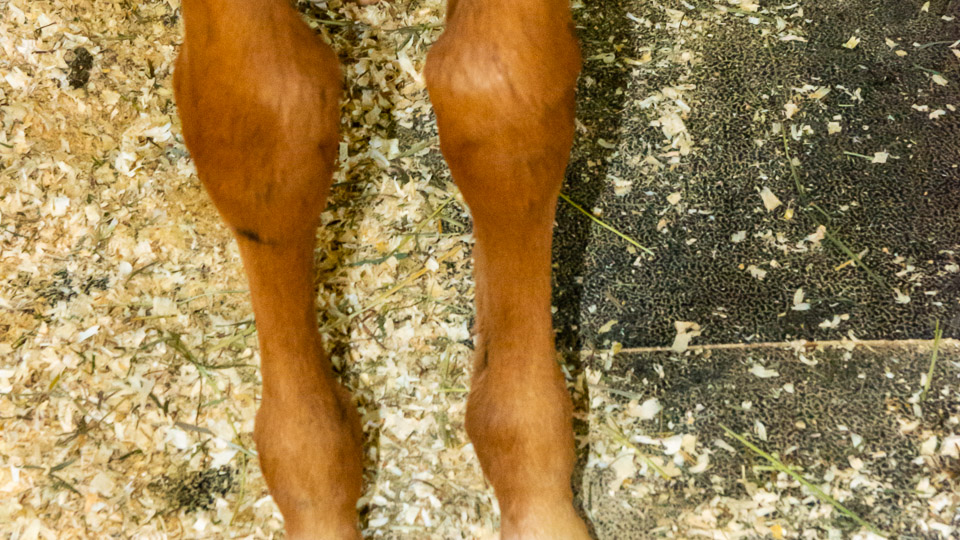
Foal Diseases – An Introduction
Foals are babies and like humans, their diseases are unique compared to adults. In my way of thinking, there are two types: acquired or diseases developed AFTER birth and congenital which are diseases developed BEFORE birth. A subset of acquired diseases are conditions that can develop either in the womb or after birth during their growth. These are growth abnormalities usually due to the nutrition of the mare during gestation or in the foal after birth.
Acquired diseases include septicemia (blood distributed infections), inhalation (pneumonia), ingested (diarrhea / scours), immunologic (failure of passive transfer) neurologic (anoxia or lack of air) and trauma (kicked or stepped on).
Congenital diseases include malformation (absence or additional limbs), fetal monsters (gross malformations with no survival), umbilical herniation (abdominal wall defect), incomplete formation of organs (anal atresia or blocked anus) and other genetic or teratogenic (environmentally caused) diseases (cleft palate).
Growth abnormalities include the developmental diseases such as contracted tendons, epiphysis, osteochondrosis dissicans and angular limb deformities.
Prevention of diseases is far more efficient than resolving them. Included in this part are vaccinations, dipping the umbilicus, providing a clean and safe foaling environment (no shoes on the mare, no electric fences) and assuring the mares milk has the protection needed for the survival of the foal.
This section has few photos but a lot of stories from my experience in the world of foaling. A lot of lost sleep here but worth it.
Foal Diseases – Anoxia (Dummy Foal)
An excerpt is coming soon.
Foal Diseases – Cleft Palate And Wry Nose
Excerpt coming soon.
Foal Diseases – Contracted Tendons
An excerpt is coming soon.
Foal Diseases – Developmental Orthopedic Disease
Degenerative Orthopedic Disease
Foal Diseases – Disease Prevention
An excerpt is coming soon.
Foal Diseases – Epiphysitis
An excerpt is coming soon.
Foal Diseases – Failure Of Passive Transfer
An excerpt is coming soon.
Foal Diseases – Fetal Malformations
An excerpt is coming soon
Foal Diseases – Fetal Monsters
An excerpt is coming soon.
Foal Diseases – Diarrhea
An excerpt is coming soon.
Foal Diseases – Pneumonia
An excerpt is coming soon
Foal Diseases – Septicemia
An excerpt is coming soon.
Foal Diseases – Genetic
An excerpt is coming soon.
Foal Diseases – Normal Hair Loss
Foals are born with a lot of hair that falls off during the spring and summer months. Recognizing this as a natural process will alleviate anxiety in a new foal owner.
Foal Diseases – Patent Urachus
An excerpt is coming soon.
Foal Diseases – Persistant Frenulum
An excerpt is coming soon.
Foal Diseases – Umbilical Hernia
An excerpt is coming soon.
Foal Diseases – Valgus And Varus Angular Limb Deformities
Valgus And Varus Angular Limb Deformities In Horses
The End Of A Year – Tetanus In A Horse
This is a story about tetanus in a foal, a bacterial disease that paralyzes horses (and humans) killing them when they can no longer breathe. We vaccinate for this disease and it is almost 100% effective – if done correctly.


Responses